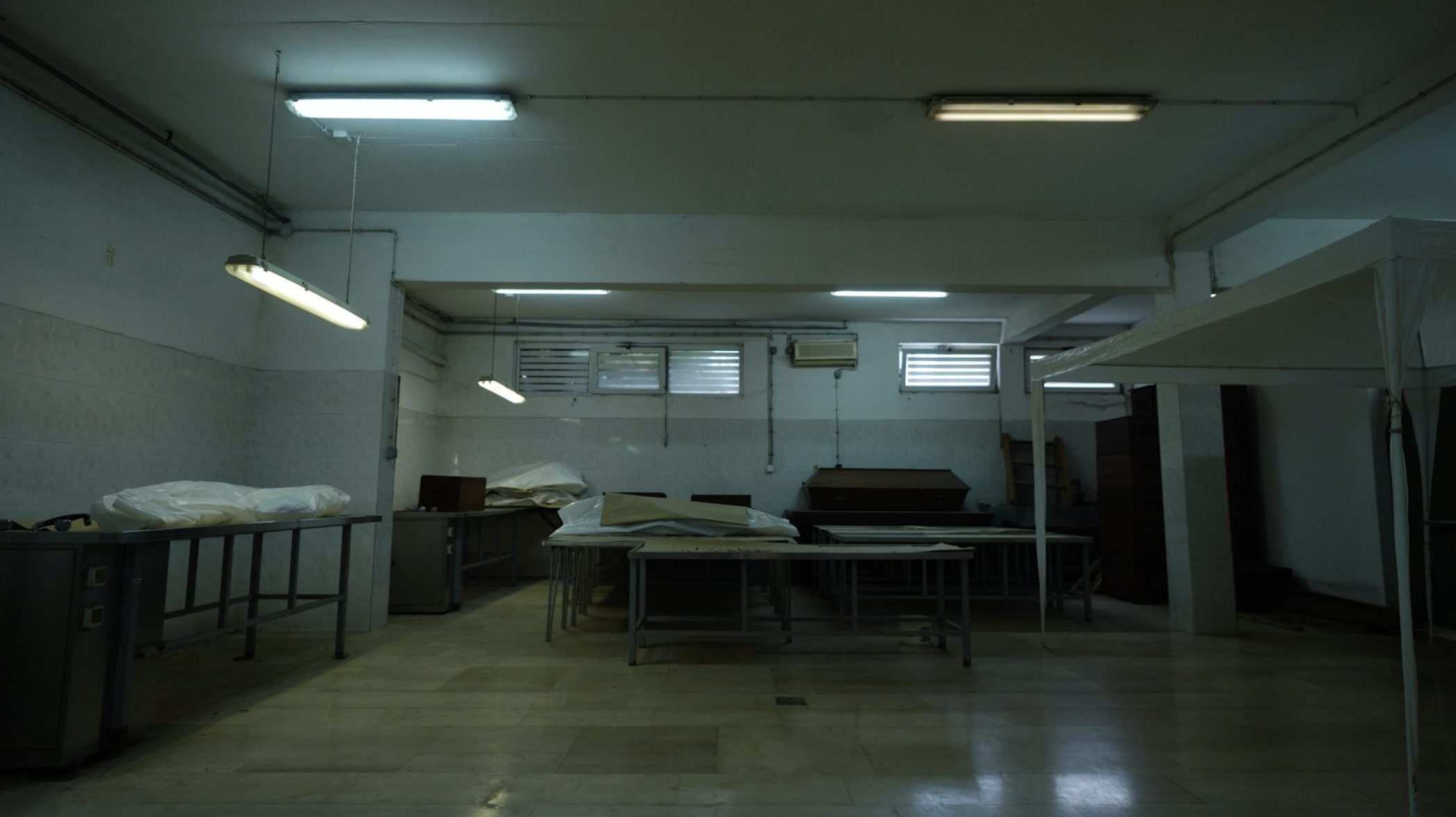Stanarevic, a former military police officer with the Fifteenth Bihacka Brigade of the Bosnian Serb Army, has been charged with participating in the persecution of Bosniak civilians as part of a widespread and systematic military and police attack on Ripac, Cukovi, Orasac, Klisa and Kulen-Vakuf in the municipality of Bihac.||He has also been charged with participating in the murder of 11 detainees from a facility in Ripac in June and July 1992. Acting in collaboration with other Bosnian Serb Army members, he allegedly drove the detainees to the Bezdan pit, where they were executed.||State prosecution witness Alija Handzic testified at today’s hearing. Handzic said Bosniak residents of Kulen-Vakuf were given an ultimatum by Serb forces to hand over their weapons and accept the authority of Republika Srpska in June 1992. According to Handzic, the Bosniak population couldn’t accept the ultimatum for security reasons and left Kulen-Vakuf on the same day.||“Only old people who didn’t want to leave their homes stayed behind. We were the last people to leave the town. We arrived in Orasac during the night. We were accommodated in the school building and in houses. Grenades were falling, causing the first casualties,” Handzic said.||Handzic said the next day was Eid, and the Bosnian Serb Army broke through the division line in Orasac.||“We began running away to avoid being shot. They set the first houses on fire right away. A grenade killed Mujesira and her child. We stopped in a field, at Radolja. There were about five thousand of us,” Handzic said.||He said a group of about five thousand refugees, including women, children and men, arrived to Strbacki Buk, where the Bosnian Serb Army and police caught up with them and started separating people. Handzic managed to cross the bridge towards Bihac. He said approximately 200 men were separated from the others.||“Some of them ended up in a detention camp. Some were exchanged, while some were found in pits,” Handzic said.||Milenko Pocuc, a former military police officer with the Fifteenth Bihacka Brigade of the Bosnian Serb Army, also testified today’s hearing. Pocuc said the Bosniak population from Kulen-Vakuf, Orasac and the surrounding villages left the area in 1992.||“I heard that captives were held in Ripac,” Pocuc said. He said he saw more than 100 detained civilians in the area, who were guarded by police forces.||He said a group of military police officers called the “Drogerasi”(Drug Addicts) acted “in an abnormal manner.” He said the members of the group included men named Piksi, Sasa Corguz, and others. He said his brother-in-law Nenad Bubalo was friends with them.||During the investigation phase of the case, Pocuc said Stanarevic was also a member of the Drogerasi. However, at today’s hearing he couldn’t confirm this with certainty, due to the length of time that had passed.||Miroslav Popovic, a former reserve police officer in Ripac, was the next witness to testify. He said he was he guarded a car workshop where detainees were held on two occasions.||“This place was located within the police complex. I don’t know how long they stayed there. There were about 150 of them,” Popovic said. He said he thought the captives had been brought to the workshop by military police officers. He said the military police took the detainees to military barracks in Racici several times to exchange them.||Nevzeta Mujcinovic from the Association of Families of Shaheeds of the Canton of Una-Sana made a statement on behalf of the victims. She asked that all the families of the victims be granted compensation for material damages.||The trial will continue on October 26.
Witnesses at Stanarevic Trial Describe Kulen Vakuf Attack
A state prosecution witness testifying at the Zeljko Stanarevic trial described how the Bosniak population fled Kulen Vakuf under artillery fire from the Bosnian Serb Army. Stanarevic has been charged with war crimes in the Bihac area.


